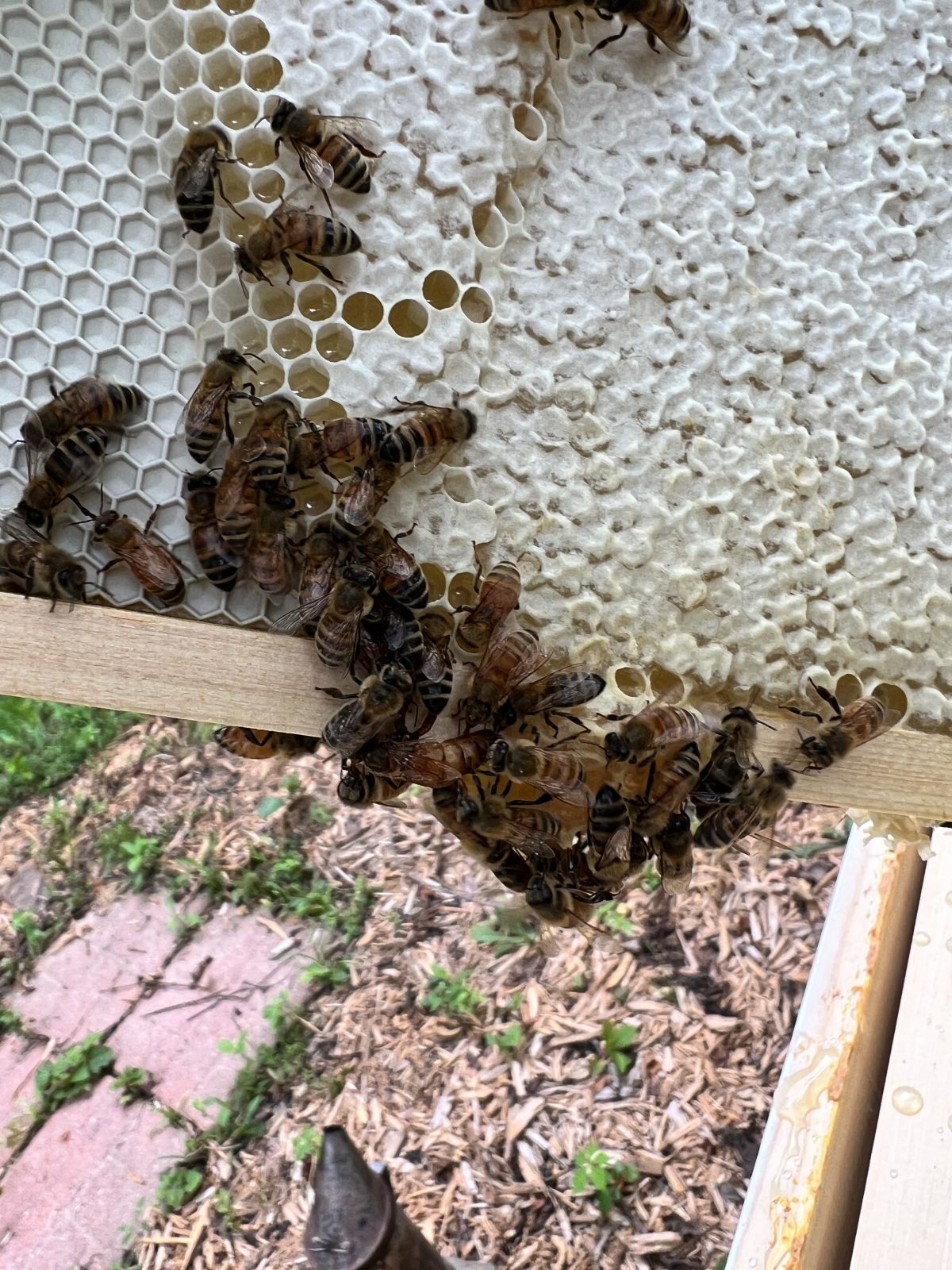Your cart is currently empty!
Category: Bees
-

Understanding Localized Vs. Systemic Reactions: My Journey
There is a distinction between an allergic reaction to a bee sting and being allergic to bee venom. It sounds like a minor semantic difference. It is not. Back when honeybees were an integral part of our farm, many people would respond, “I’m allergic to bees.” What they meant was, that when stung, the area…
-

Do Honeybees Hibernate?
One of the most frequently asked questions about Five Feline Farm is about the honeybees. This year has been a start over year. We presently have two thriving hives and are determined to keep these colonies alive if at all possible. Our goal is to avoid the tragedy we experienced last year in losing colonies…
-
Treating Honeybee Stings
Honeybee stings happen. Being prepared with a quick treatment will reduce pain, itch and swelling. But I’m allergic to honeybees! This is something we hear all the time. There is allergic and then there’s ALLERGIC. Be sure to know the difference in a localized allergic reaction and an allergy to bee venom that causes a…
-

